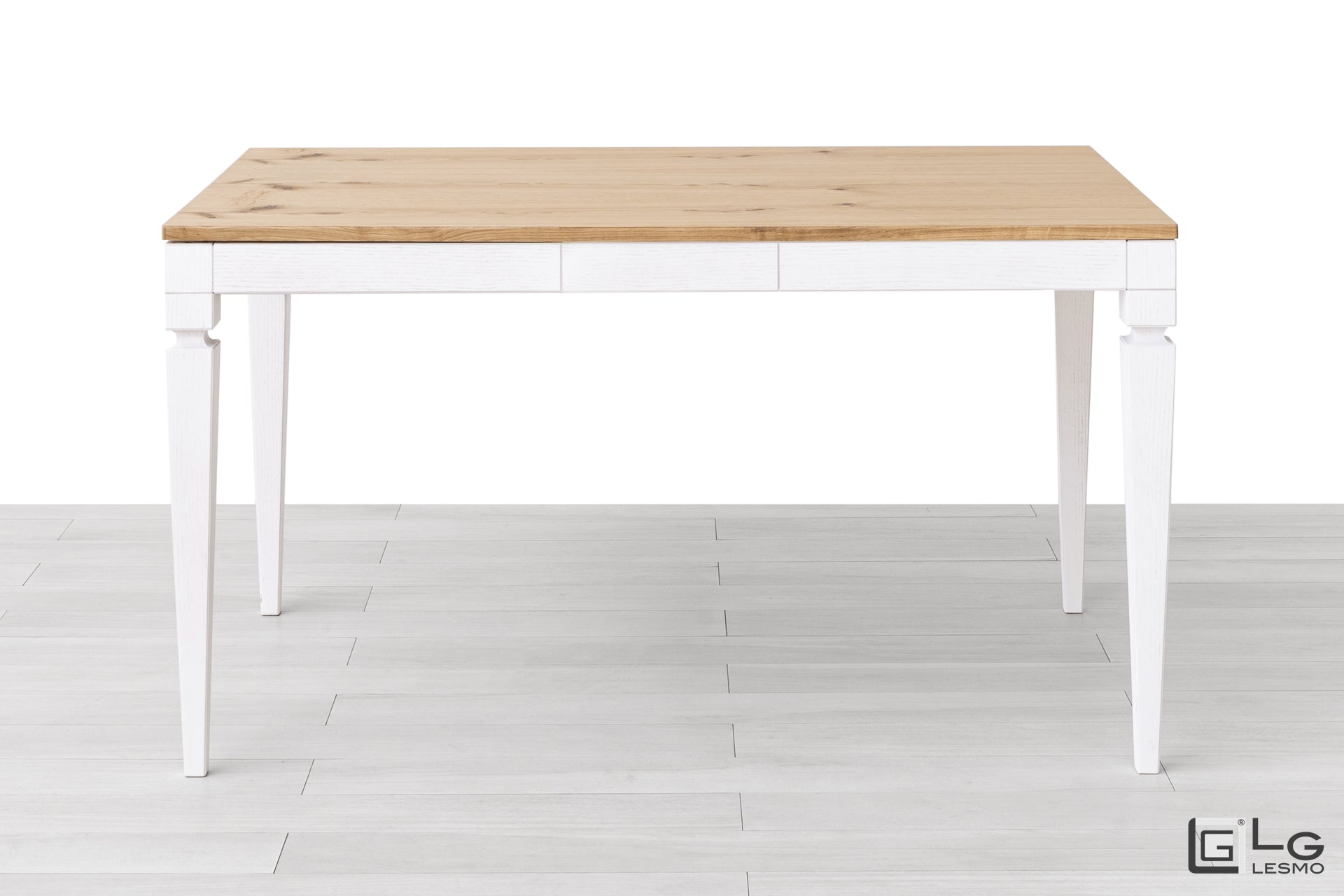Choosing the perfect decor for your home isn’t easy, especially if you don’t have the help of an architect, designer, or professional consultant. The most common mistake is rushing and making impulsive decisions. However, anyone dreaming of a modern home shouldn’t feel completely lost: there are a few proven guidelines to follow for achieving modern home decor effectively and stylishly.
The first thing to remember is that there are no strict rules. It doesn’t matter the size or location of your home, or even your budget—the most important thing is that your decor reflects your personality. With so many choices available today, it’s easy to feel overwhelmed, turning what should be an enjoyable experience into a stressful one. But the reality is, decorating your home with a modern style is an opportunity to explore your preferences and have fun.
Modern living means having a functional home that tells your story. So, how can you decorate a modern home with originality and style?
INDEX
1. Modern Home Decor: An Overview
Even with diverse aesthetics across different rooms, a home designed with modern home decor should have a consistent style throughout. Bedrooms and living rooms serve different functions, so they’ll naturally be furnished with different criteria. However, this functional diversity shouldn’t result in a chaotic, incoherent design from room to room.
To give your home a clear identity, it’s essential to choose a guiding style, allowing every space to share the same overall mood, whether you’re transitioning from the bedroom to the living room or any other area.

2. Contemporary Style
Contemporary style is an evolution of modern home decor, reinterpreting key aspects while remaining dynamic and ever-changing. A hallmark of this aesthetic is its focus on functionality, always prioritized and enhanced by the latest technologies.
Contemporary spaces often embrace hi-tech solutions, aligned with smart home trends, and give technology a starring role. In terms of furniture, a contemporary home is dominated by simple geometric shapes and minimalistic decorations, which are kept to an absolute minimum.
3. Minimal Scandinavian Style
Born in the 1920s from the vision of pioneering Swedish designers, the minimal Scandinavian style reflects the culture and needs of northern populations. Visitors to Norway, Sweden, Finland, Denmark, or Iceland will have noticed the deep respect for nature these nations exhibit. This respect translates into their design philosophy, which is also influenced by the long polar nights, where natural light becomes essential.
Scandinavian interior design is characterized by overarching functionality, evident in simple elements that create harmonious forms and colors. Large windows or even glass walls are key for maximizing natural light, which is vital in these homes. Every design decision in Scandinavian style serves a purpose, combining beauty with practicality.
"Every design decision in Scandinavian style serves a purpose, combining beauty with practicality."
Furniture is often crafted from solid wood, featuring transformable and space-saving designs. Even compact homes can maintain high-quality living standards. Ergonomic pieces, convenient kitchens with easy access to tools, and multi-functional spaces complete the picture of Scandinavian design excellence.
4. Industrial Style
Recent yet rich in the charm of urban American metropolises, industrial style emerged in New York during the mid-20th century. Its goal was to transform abandoned buildings into innovative living spaces. Characterized by open spaces and the absence of dividing walls, industrial style thrives in lofts and repurposed buildings.
For enthusiasts of this aesthetic, the story of the space and its objects is crucial. Walls are often left untreated to expose bricks, concrete, and other “pleasant imperfections” that reveal the rustic character of the space’s industrial past.
Materials like iron, steel, and brass are carefully combined with wood to create a balanced design. Industrial decor features elements reminiscent of workshops: large iron pendant lights, bronze floor lamps, and long solid wood tables, which are both functional and key to defining the home’s identity.




























Leave a comment
This site is protected by hCaptcha and the hCaptcha Privacy Policy and Terms of Service apply.